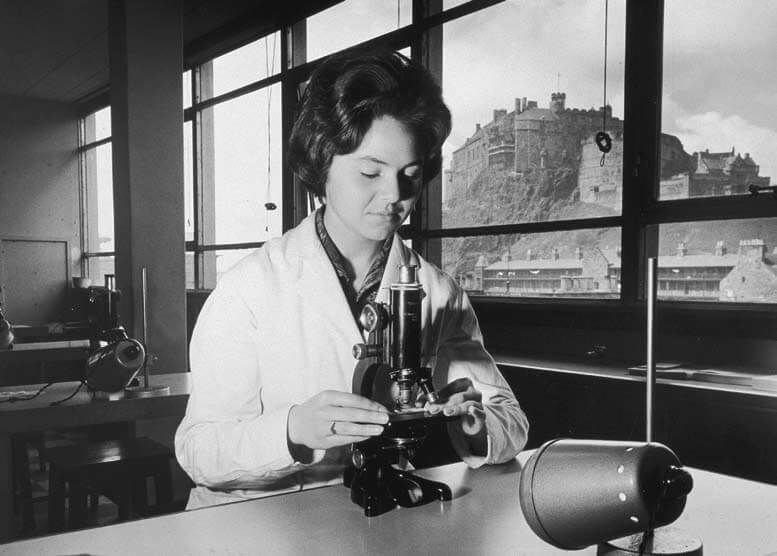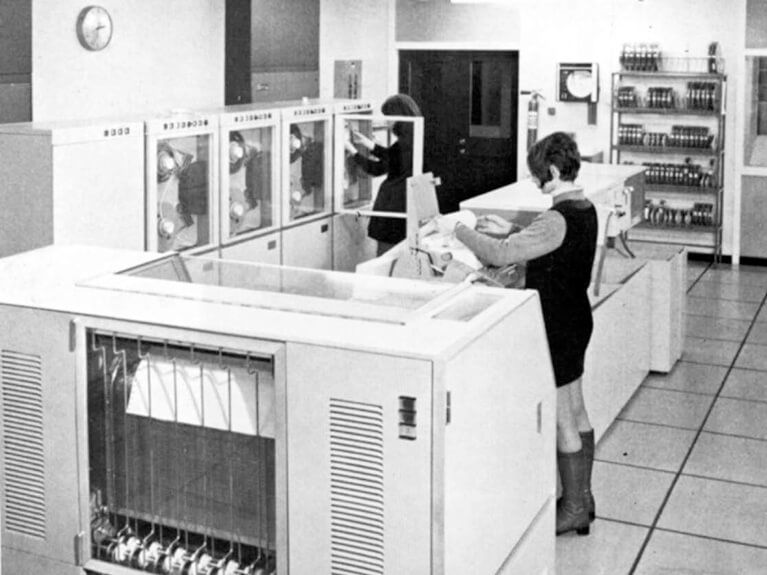Heriot-Watt University

In 1958 the College opened its third extension. With a building stretching from Chambers Street to the Cowgate, it was now a major presence in the heart of Edinburgh.
By now the College's links with industry had fuelled the growth of new specialist departments: Pharmacy, Brewing, Physics and Civil Engineering, each with its own professor. Lack of space at Chambers Street led Heriot-Watt to expand into the Grassmarket. There the Department of Mining opened a mine rescue station, teaching life saving skills to engineers from collieries across southeast Scotland. The College had also forged academic partnerships with Edinburgh University to teach mining, electrical and chemical engineering and trained architects at the Edinburgh College of Art in building science.
Gradually, the College shed its Elementary and National Certificate classes to focus on degree level and postgraduate studies. The move of the Printing Department to Napier College in 1964 signalled the end of an era. The evolution from College to University was almost complete. In 1963 a government committee chaired by Lord Robbins made momentous proposals for the expansion of higher education. The following year the government announced that Heriot-Watt was to be one of the first of "a new breed of technological University".

When the new University gained its charter in 1966, the College Principal Hugh Nisbet became its first Vice-Chancellor. A new degree course in Computing Science was launched - the first in Scotland. Despite the opening of the Mountbatten building in the Grassmarket 1968 for electrical engineering, management, languages and a groundbreaking new television centre there was little room in the city centre to build new research and teaching laboratories. The students had a union building - but no bar until 1970. A new campus community was needed to combine academic buildings with sports and social facilities and student accommodation. The new University needed a new home.